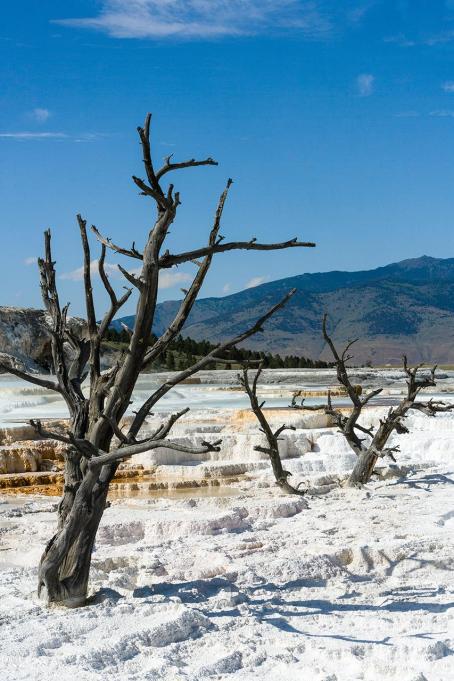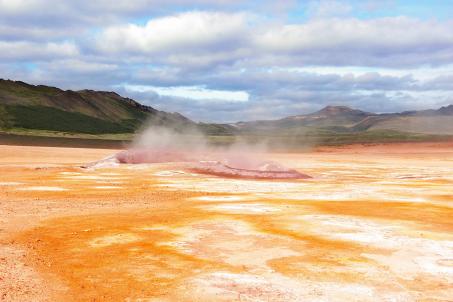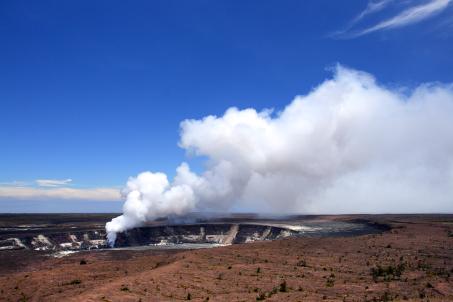
Environmental Impact
2 min read
The Impact of Geothermal Power Plants on the Environment
Strongly mineralized hot water from geothermal fields has only a localized negative impact on the environment.
Water or vapour coming from geothermal power plant bores usually carries a certain amount of impurities which have a negative impact on the environment.
These can be gaseous; especially carbon dioxide (CO2), methane (CH4), hydrogen sulphide (H2S) and ammonia (NH3). Or they can be liquid or solid such as salts of certain toxic elements like mercury (Hg), arsenic (As) or antimony (Sb). If released into the environment, these substances can cause acid rains or contribute to global warming. Geothermal fields with higher concentrations of these substances are constantly monitored.
Most geothermal power plants use a closed cycle where the used water is injected back into the geothermal reservoirs using injection bores. In modern power plants, gaseous emissions are also reduced.
The operation of geothermal power plants can also have a negative impact on the stability of the rock from under which they draw water. There are known cases from Germany and New Zealand where the ground has subsided. In 2006, a geothermal power plant in Basel, Switzerland had to be temporarily shut down shortly after its commissioning because water injection caused several thousand tremors of up to 3.4 degrees on the Richter scale. In 2009, this power plant was decommissioned for good.
A geothermal power plant with an open cycle releases approximately 100 g of CO2 for every 1 kWh of electricity which is about a tenth of the amount of CO2 released during the production of 1 kWh of electricity from coal.







